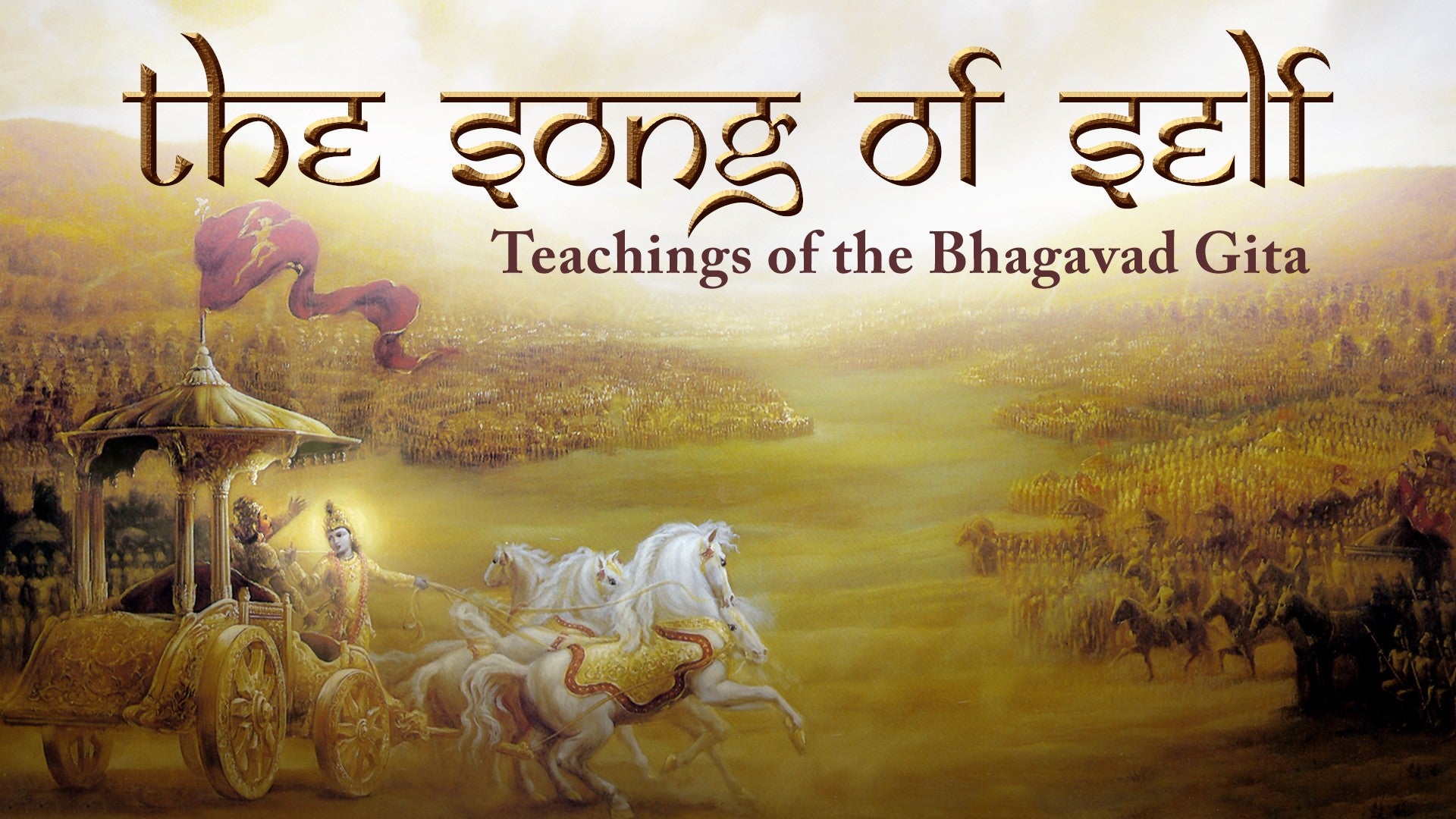Description
About This Video
Transcript
Read Full Transcript
So, we've mentioned that the Veda are an important source, one of the important sources for yoga, and Krishna's already pointed out that if we kind of get lost in discussing what the Veda might mean in conjecture, in speculation, intellectualization, this is a way to actually kind of disperse our energy. In this 45th verse, he says something very interesting to Arjuna. He says, Trai gunyavishaya veda, nistrai gunyobhavarjuna, nidvanva nityasattvasto, niryogakshema atmavan. So here he gives an injunction to Arjuna, and he says, Trai gunyavishaya veda, the Vedas, their concern is with the three Gunas. Now, the three Gunas, we're going to introduce this idea here now. In the Sankhi model of reality, which yoga uses, there's the idea that everything, in material existence, in the realm of nature, of that which is born, is sustained for a while, and then is transformed or dies or passes away, everything is actually changing.
And this change is explained with this system of the Gunas, these three qualities, if you like, that are inherent within nature. And they are sattva, rajas, and tamas. And the idea is that they're all actually always present. Sattva and tamas are like two poles and rajas in between them. Raja is movement, energy.
And in nature, everything is always moving, so rajas is always present to some degree. Sattva is still, and it's pure, and it's luminous, and it's light. Tamas is also still, but it's dark, it's decaying, it's dead almost. And so we have sattva, lightness, luminosity, but it's really still. We have tamas, darkness, decay, it's also still.
And then rajas, which is the energetic quality, it's always moving. And there's the idea that the natural realm, these three qualities are always in interplay. Because rajas is always there, because movement's always there, there's always this change. Sometimes things are lighter, sometimes things are darker, sometimes things are growing, sometimes things are decaying. But all the while, there is some type of movement going on in the realm of nature.
So here Krishna says, the Vedas' concern is with the three gunas. In other words, the Vedas' concern is how to live harmoniously in this realm of change that is the realm of nature, in this world here and now. And then he says to Arjuna, nistrai gunnya baba, be become nistrai gunnya, go beyond the three gunas. So he's saying the Vedas teach you how to be in the world harmoniously, but that's just the start, Arjuna, go beyond that. Work with that so you can actually become free of that change, so you can actually access and recognize your unchanging deathless essence.
And then he continues the injunction, nir dvanvo, nitya sattvasto, nir yogaksema atmavan. Atmavan means being possessed of, really knowing your deep self, your deep essence. So come to know yourself, Arjuna, which is beyond change. Nir dvanvo, come to know that part of yourself which is beyond duality, which is beyond hot cold pleasure pain and all those comings and goings. In other words, come to know your conscious essence that allows you to see and experience all the pairs of opposites.
Nitya sattvastoha, become established in that which is always present, in that which is always real. In other words, become established in your conscious essence. Nir yogaksema, become established in that state where you're not clinging for any particular, you're not hunting after any particular outcome. Nir yogaksema, so here we have the word yoga in a different sense. Shima means things that are agreeable, things that are secure.
So he says without clinging to keeping things a certain way, just be present. So Arjuna, the Vedas, they tell us how to live in the world, but that's just the start. Once you know how to be happy and harmonious in the world, when you learn to be steady in the midst of all this change, then you have a strong platform to actually uncover your atman, your essence, that part of yourself which is unchanging, and which, once you get to know it, you can actually be here now in this realm of change, but know what's underneath it all.
The Song of Self: Bhagavad Gita: Chapter 2
Comments

You need to be a subscriber to post a comment.
Please Log In or Create an Account to start your free trial.








